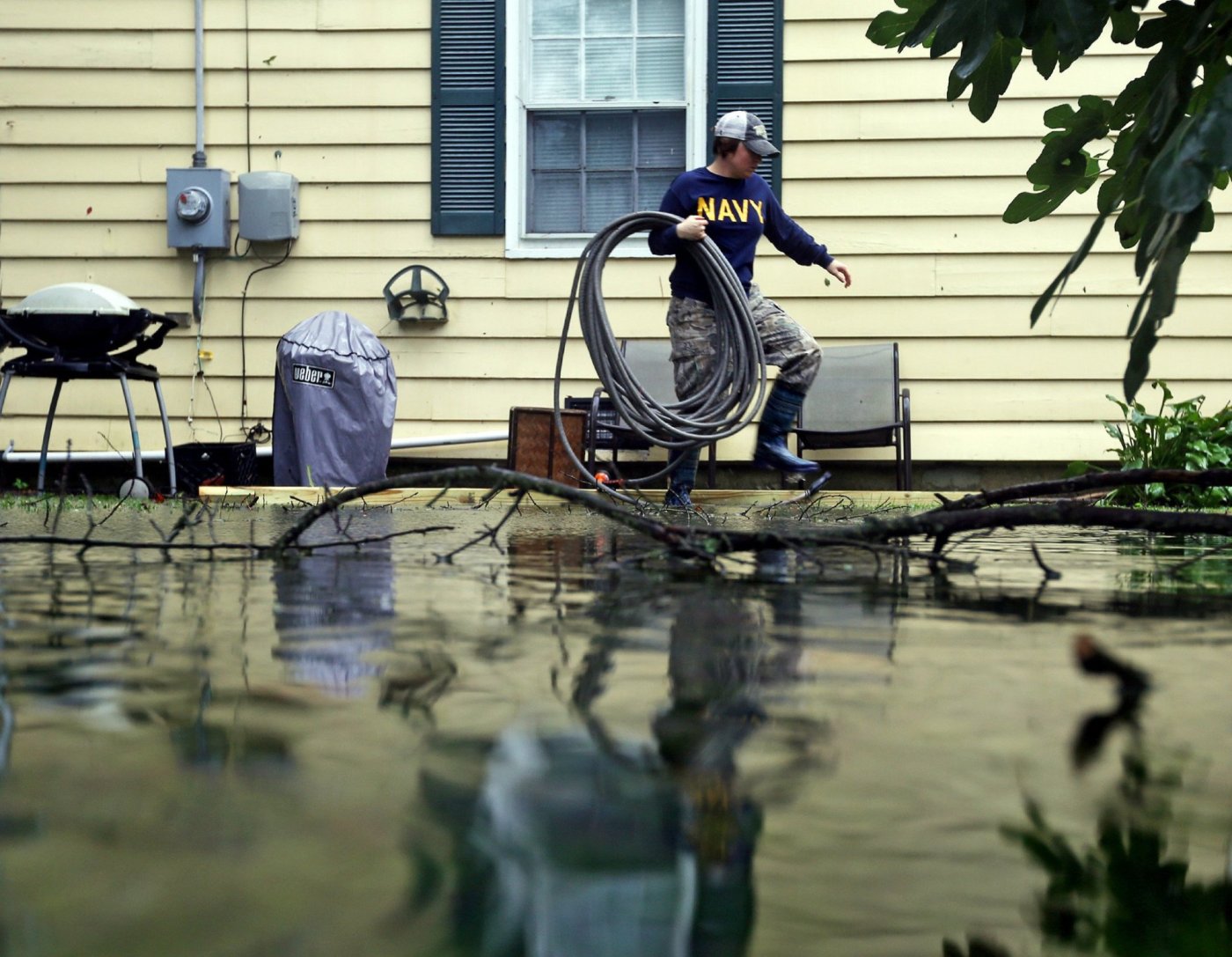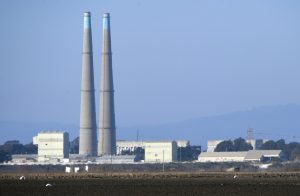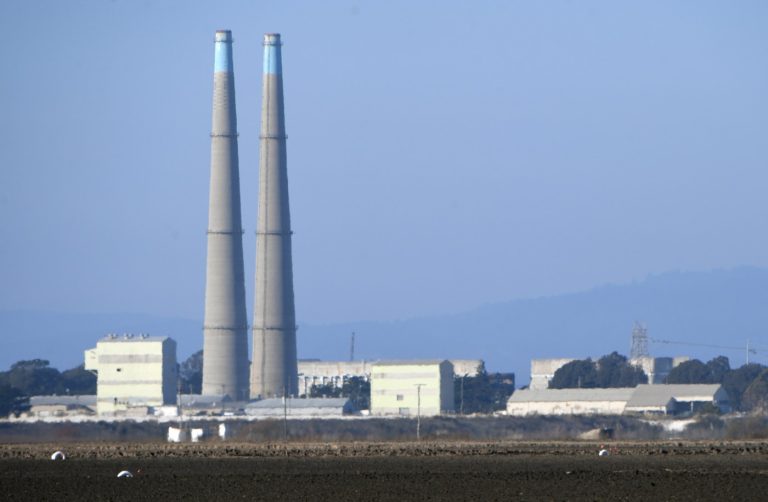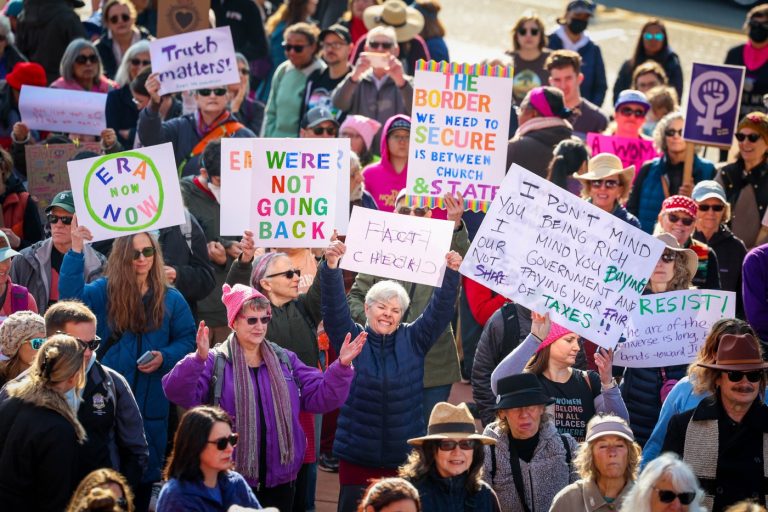These aren’t your grandmother’s hurricanes.
Climate scientists have said for years that hurricanes are getting stronger because of climate change. The National Oceanic and Atmospheric Administration predicted “an extremely active” hurricane season in 2024, fueled by unusually warm ocean temperatures, the La Niña climate pattern and the potential for an above-normal west African monsoon.
After Hurricane Helene devastated mountain towns in Appalachia and Hurricane Milton followed with winds reaching upward of 165 mph, climate scientists say the way we talk about hurricanes and hurricane season is going to have to change. Jessica Whitehead, executive director of the Institute for Coastal Adaptation and Resilience at Old Dominion University, said not only are storms changing, but how public officials and citizens discuss preparedness is going to have to change. This is especially true with the proliferation of misinformation through AI images and disinformation on social media platforms, she said.
“What has changed, particularly in the last few years, has been how do people receive information from meteorologists, from authorities and how much do they trust it,” Whitehead said. “How much do they think that this information can affect them personally, so they’re not just hearing it, but they’re really understanding that this is going to happen to (them). (Another question is) whether or not that person actually has the ability to take protective action… There’s a lot of complex information that has to not only get out, but somebody has to receive, understand and be able to act on and all of those things come together.”
This infrared satellite images shows Hurricane Milton in the Gulf of Mexico as a major Category 5 hurricane with 160 mph winds on Monday, Oct. 7, 2024. (NOAA/GOES-East)
Earlier this year, the Proceedings of the National Academy of Sciences published a study that looked at the creation of a Category 6 on the Saffir–Simpson Scale, the standard gauge for measuring hurricanes created in the 1970s. For a more severe hurricane to be considered a Category 4, a storm must have winds of 131-156 mph, and Category 5 storms have winds faster than 156 mph.
There is no upper limit for Category 5 storms, and with ocean temperatures getting warmer, it’s unclear how strong storms may get. “Speed limits” for storms, or maximum potential intensity, take into account such factors as ocean temperatures and wind shear. Currently, storms are expected to top out at about 200 mph, but climate change could push the needle closer to 220 mph.
According to the study, the hypothetical category would begin at about 192 mph, and several storms since 2013 would have been put in the category. Most have been in waters near the Philippines in Asia, but Hurricane Patricia, in the Western Hemisphere, would have qualified. Patricia affected Mexico and parts of Texas, with winds reaching 215 mph. On Oct. 23, 2015, Hurricane Patricia made landfall near Cuixmala, Jalisco, with winds of 150 mph.
“Because the scale is open-ended and does not extend beyond Category 5 (70 meters per second windspeed or greater), the level of wind hazard conveyed by the scale remains constant regardless of how far the intensity extends beyond 70 m/s,” the study states. “This may be considered a weakness of the scale, particularly considering that the destructive potential of the wind increases exponentially. Here, we consider how this weakness becomes amplified in a warming world by elucidating the past and future increases of peak wind speeds in the most intense (tropical cyclones).”
While including an additional category could help with climate data, authors of the study noted that more research is needed to see if messaging about a Category 6 would be beneficial for the public. Whitehead — who served as the first chief resilience officer in North Carolina — said another piece of the puzzle is giving citizens all the tools they need to gauge their response to potential storms, such as storm surge and inland flooding, and lower category storms can still cause havoc.
“It’s not as simple as just tying a category to what the impact is,” Whitehead said. “It may raise public awareness, but do people really understand what impacts they should prepare for? The Saffir-Simpson Scale doesn’t capture that right now, and that is a much bigger discussion that we absolutely need to be funding and to be doing more work on, and we need to be basing it on good, rigorous social science.”
Before the season began, NOAA predicted this year would have 17-25 named tropical storms, which have winds of 39 mph or higher. Of those, 8-13 would become hurricanes with at least 74 mph winds. Of those hurricanes, meteorologists estimated 4-7 could become “major hurricanes.” So far, the 2024 season has met its mark for major hurricanes, and with just over a month left in the season, this year only needs a handful more storms to meet expectations for named tropical storms. Just this weekend, two tropical storms — Oscar and Nadine — formed in the Gulf of Mexico.
“The Saffir-Simpson Scale measures wind speed. It’s the water that kills people — whether it’s storm surge or whether it’s climate change leading to this heavier, more intense rainfall,” Whitehead said. “The rapid intensification that we’re tending to see in these storms (is) completely consistent with everything we’ve predicted on climate change. Those aren’t captured in the categories. Helene was not a Category 4 when it went through eastern or western North Carolina.”
Eliza Noe, eliza.noe@virginiamedia.com












